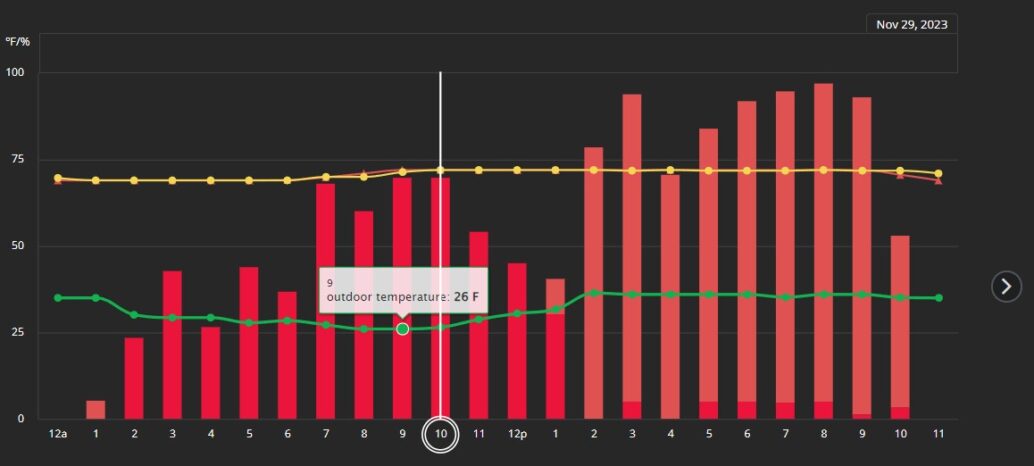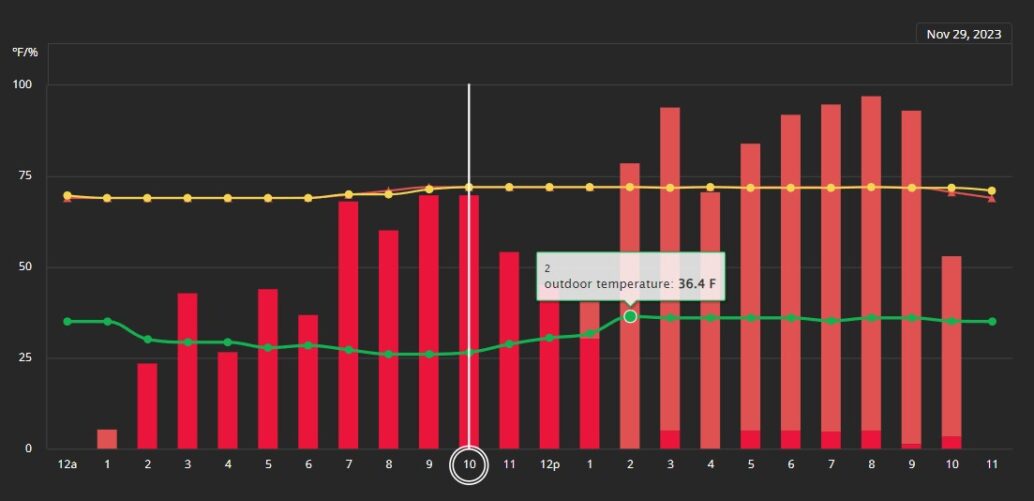Dual or Single Fuel Systems?
Many customers ask if they should install a pure heat pump system or a dual fuel system. This is a great question and is becoming increasingly more relevant as municipalities push toward electrification of home heating.
Rebate considerations
Switching from a gas system to a pure heat pump will provide you a $2,400 or $4,000 rebate, depending on your specific situation. Note, you must be both a PSE gas and electric customer to receive this rebate.
This rebate is certainly worthwhile, however, it isn’t a pure cost savings, especially in a larger home. For smaller homes, a pure heat pump system works well and a backup electric strip heater will handle the cold days.
This approach doesn’t work well for larger homes. Therefore, if you forego a gas furnace, you’ll need to select a heat pump capable of operating in cold temperatures. These are much more expensive and the cost increase will exceed the rebate ($2,400). You’re better off foregoing the rebate and installing a dual fuel gas/heat pump combo. In the end, you’ll spend the same and have a more effective and durable solution.
Example of gas / heat pump combo
Below is a chart of a dual fuel system with a gas set point of 35F. When the temperature drops below this point, the gas furnace takes over. Some heat pumps (i.e. Mitsubishi’s HyperHeat or Lennox’s XP25) can maintain full capacity down to 5F. However, most heat pumps lose significant effectiveness below 32F.
The dark red represents gas heat, the light red indicates the heat pump is operating. When the outdoor temp was in the 20’s, the system is running with pure gas. See first graph. When it hits 36F, it converts primarily to the heat pump (second graph).
This setup works very well, as it allows us to size the heat pump/AC for 95% of weather and uses the high heating capacity of natural gas to cover the unusual cold days. If a pure heat pump system is sized to handle the coldest weather, it will be oversized for the remaining 95% of the year. This creates a less comfortable house because an oversized system is constantly turning on and off.
Limitations of a pure heat pump system
There are a couple of downsides to a pure electric system. In the event of a system failure, you won’t have a built-in backup. Heat pumps are much more complicated than a furnace and are somewhat more likely to suffer a breakdown. We can typically resolve the issue quickly, but you might be without a heater for a couple of days. The gas furnace would provide reliable backup heat in the event of a failure.
Pure heat pump systems typically include electric strip heaters. These are installed adjacent to the air handler. However, they’re intended to provide additional heating capacity on top of the heat pump, not replace it during a failure. They provide ~1/4 – 1/3 of the capacity of the overall system. This is very helpful for augmenting the heat pump during cold stretches, but it would be insufficient to heat the entire home during severe weather.
If your home has a fireplace or woodstove, these can provide backup heat in the event of a heat pump failure. The effectiveness of this solution depends on the type of equipment. A woodstove will easily heat most homes. Fireplaces provide much less heating power. If the fireplace has a fan to help distribute the heat, it will likely suffice as a backup source. It no fan is present, it likely will not entirely heat the home. In this case, you’ll need several portable electric heaters.
If the heat pump happened to fail during an extremely cold stretch, the house would likely stay below your target temperature. The portable electric heaters would struggle to heat the entire home, but it would not be catastrophic. You might need to bundle up a bit more for a couple of days!
With all of these caveats in mind, many people still install pure electric systems. You just need a bit of preparation to ensure you have a backup plan if the system goes down for a few days.


